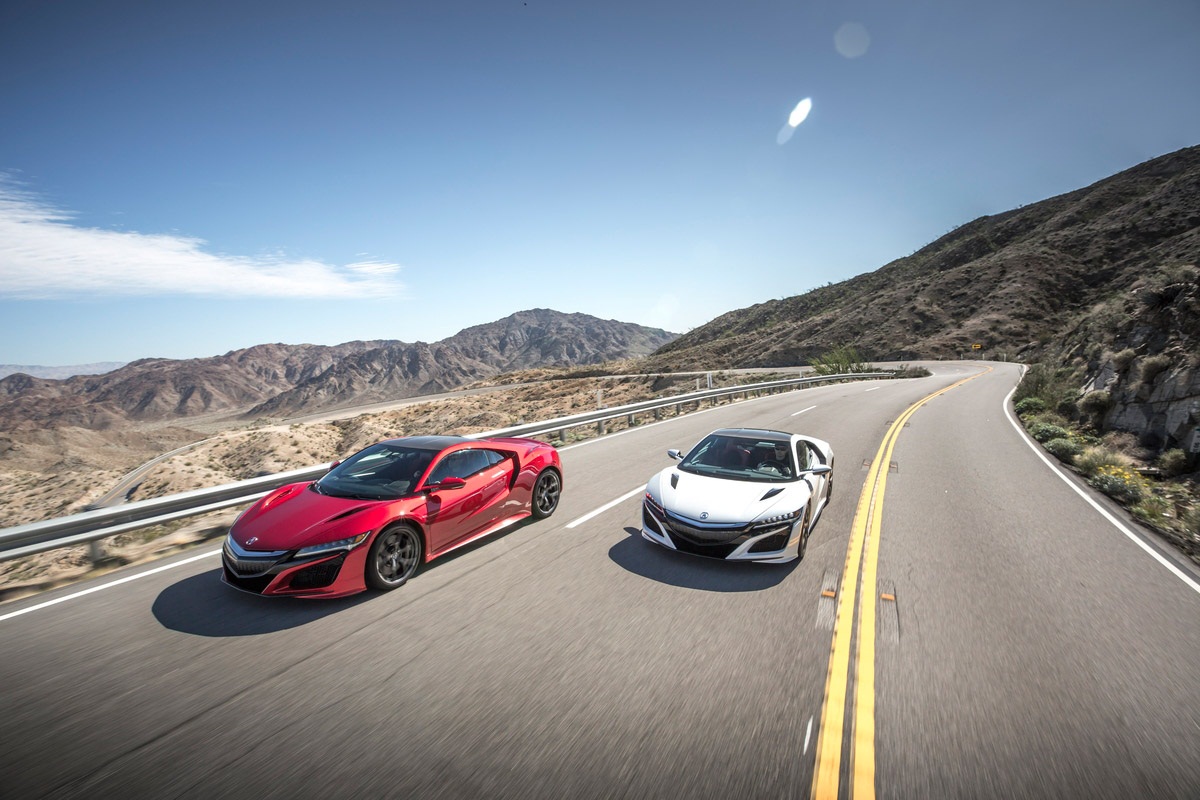For the past 100 years, the Indianapolis Motor Speedway has been the home for some of auto racing’s most thrilling moments. Although the news has centered on the oval action, the behind-the-scenes activity has generated its own kind of excitement. In their efforts to gain the best speed possible, the mechanics and engineers working on the race cars have created innovations that have transitioned from Pit Row onto the highway.
In fact, the first Indianapolis 500 Mile Race in 1911 witnessed the initiation of the rear view mirror. At the time, a driver had an accompanying mechanic in the car, who would check on other drivers trailing the car. Driver Ray Harroun had a different idea. Instead of this extra passenger, he decided he could see the drivers himself if a mirror was bolted onto the front of his car. The weight of an extra passenger would be eliminated and then decrease wind resistance and increase the possibilities of greater speed. The idea helped Harroun become the first Indy 500 winner. Eventually the rear view mirror also sparked auto manufacturers’ interest. Today, it is standard equipment on every car.
Generally these early races were both testing grounds for new products and promotional tools. Manufacturers, such as Firestone Rubber Tire Company , could show the public how well its products performed. In the early to mid 1900’s, Firestone manufactured the same tires for both the track and the highway. The idea was to impress racing fans, who would then buy Firestone tires for their own vehicles. “Race on Sunday, Sell on Monday,” became Firestone’s business practice.
The Firestone tradition became entrenched with the 1925 Speedway win by Peter DePaolo. On the new Firestone balloon tires, DePaolo averaged 101.13 miles per hour without tire trouble. In fact, every one of the top ten racers had the balloon tires. Firestone’s triumph convinced the public that the new rubber balloon tires lasted longer. Plus, the tires proved to provide a more comfortable ride.
The balloon tires were only the start of manufacturers’ innovative efforts at the Indy Speedway. Through the years, they continued to improve tires, engines, and car bodies. Many of these innovations were then transferred to the public’s vehicles.
Today the racing industry is highly specialized with car mechanics and parts devoted strictly to the race car. However, the practice of promoting the best that a manufacturer can offer is still an important element of the Indianapolis 500 tradition.





